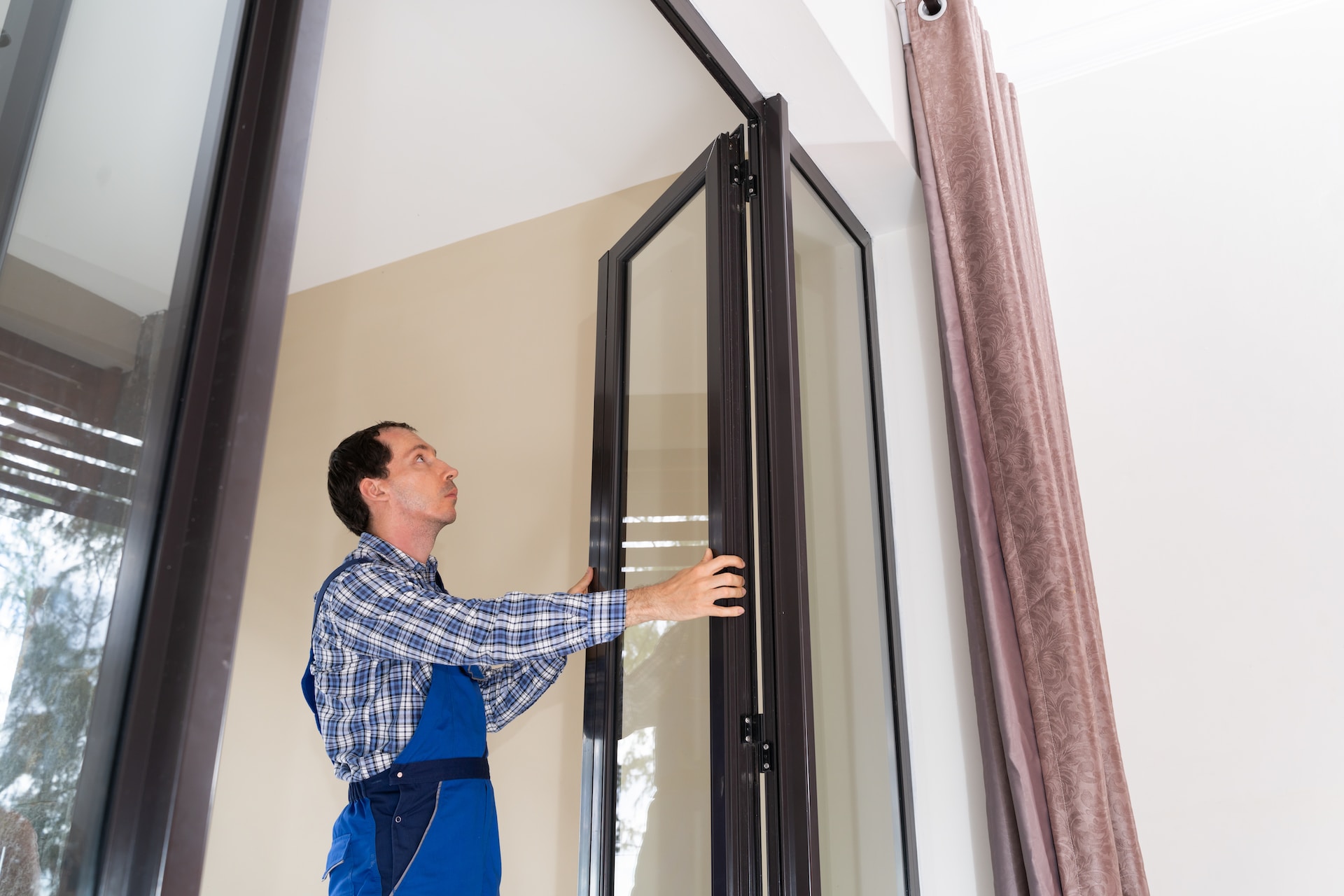Mold is a common problem in many households, and it can cause various health problems, including respiratory issues, skin irritation, and allergies. Mold can grow in damp, humid environments, often found in bathrooms, kitchens, basements, and attics. If you suspect mold in your home, mold inspection and testing is the best way to deal with it. Few people know how these processes work, so this article will discuss the details in this article.
What Causes Mold Growth?
Before we dive into mold inspection and testing, it’s essential to understand what causes mold growth. Mold thrives in damp, humid conditions and can grow on any surface, including walls, floors, and ceilings. Common causes of mold growth include water leaks, condensation, poor ventilation, and flooding. In addition, mold can grow in areas that are not visible, such as behind walls and under carpets.
How Mold Inspection Works
Mold inspection is the process of assessing your home for mold growth. A professional mold inspector will come to your home and conduct a visual inspection to identify areas where mold grows. The inspector will look for signs of moisture, such as water stains, and use special equipment to detect mold in hidden areas.
The Process of Mold Inspection
The first step in mold inspection is to identify areas where mold grows. The inspector will look for visible signs of mold, such as black or green spots on walls, floors, and ceilings. They will also check for signs of moisture, such as water stains or musty odors. Next, the inspector will use special equipment to detect mold in hidden areas. This may include using a moisture meter to measure the moisture content in walls and floors or using an infrared camera to detect moisture in hidden areas.
Finally, the inspector will provide a detailed report of their findings, including a list of areas where mold is growing, the extent of the mold growth, and recommendations for mold remediation.
How Mold Testing Works
Mold testing is collecting and testing mold samples to identify the type of mold present. There are several methods of mold testing, including:
- Air testing involves collecting air samples from the environment and testing them for mold spores.
- Surface testing involves collecting mold samples from walls, floors, and ceilings.
- Bulk testing involves collecting samples of materials such as drywall or carpet and testing them for mold.
The Process of Mold Testing
The first step in mold testing is to collect mold samples from the environment. This may involve taking air samples, surface samples, or bulk samples, depending on the type of testing being done. Next, the samples are sent to a laboratory for analysis. The laboratory will test the samples to identify the kind of mold present and determine the concentration of mold spores in the environment. Finally, the mold testing results are provided to the homeowner, along with recommendations for mold remediation.
How Are They Different?
Mold inspection and mold testing are two distinct processes, but they are often used to assess the extent of mold growth in a home. Mold inspection is focused on identifying areas where mold is growing, while mold testing is focused on identifying the type of mold present.
Mold inspection is typically the first step in addressing mold growth in a home. A professional mold inspector will assess your home for mold growth and recommend mold remediation. In contrast, mold testing is typically done after a mold inspection to determine the type of mold in the home. This information can be used to determine the best course of action for mold remediation.
Ways to Eliminate Mold
If you have mold in your home, there are several steps you can take to eliminate it. The first step is to address the source of the moisture that is causing mold growth. This may involve fixing leaks, improving ventilation, or reducing humidity levels. Once the source of moisture has been addressed, the next step is to remove the mold using a mold removal solution.
If you want to make this easier, hiring a mold remediation company is the best way to eliminate mold. Look for a company with mold remediation experience and a good community reputation. You can ask for recommendations from friends and family or check online reviews to find a reputable company.
When you have a list of potential mold remediation companies, you should schedule a consultation with each one. The company should inspect your property during the consultation and provide a detailed mold removal plan. They should also provide you with a written estimate of the remediation cost.
Of course, you must choose a company that uses safe and effective methods for removing mold. The company should be able to explain its process for removing the mold and the equipment and products it will use. They should also be able to provide documentation showing that they are licensed and insured.
Conclusion
Mold can be a severe health hazard, so you must address it quickly if you suspect mold in your home. Mold inspection and testing are two critical tools for assessing and addressing mold growth in your home, so you must have them done when necessary. This way, you can have a safe, healthy home environment for you and your family.
Clean Air Carolinas, Inc. provides top-quality services for mold testing in Charlotte, NC. Our mold remediation professionals will ensure your home is mold-free for a cleaner environment. Call us at (704) 628-6887 for a free estimate!




